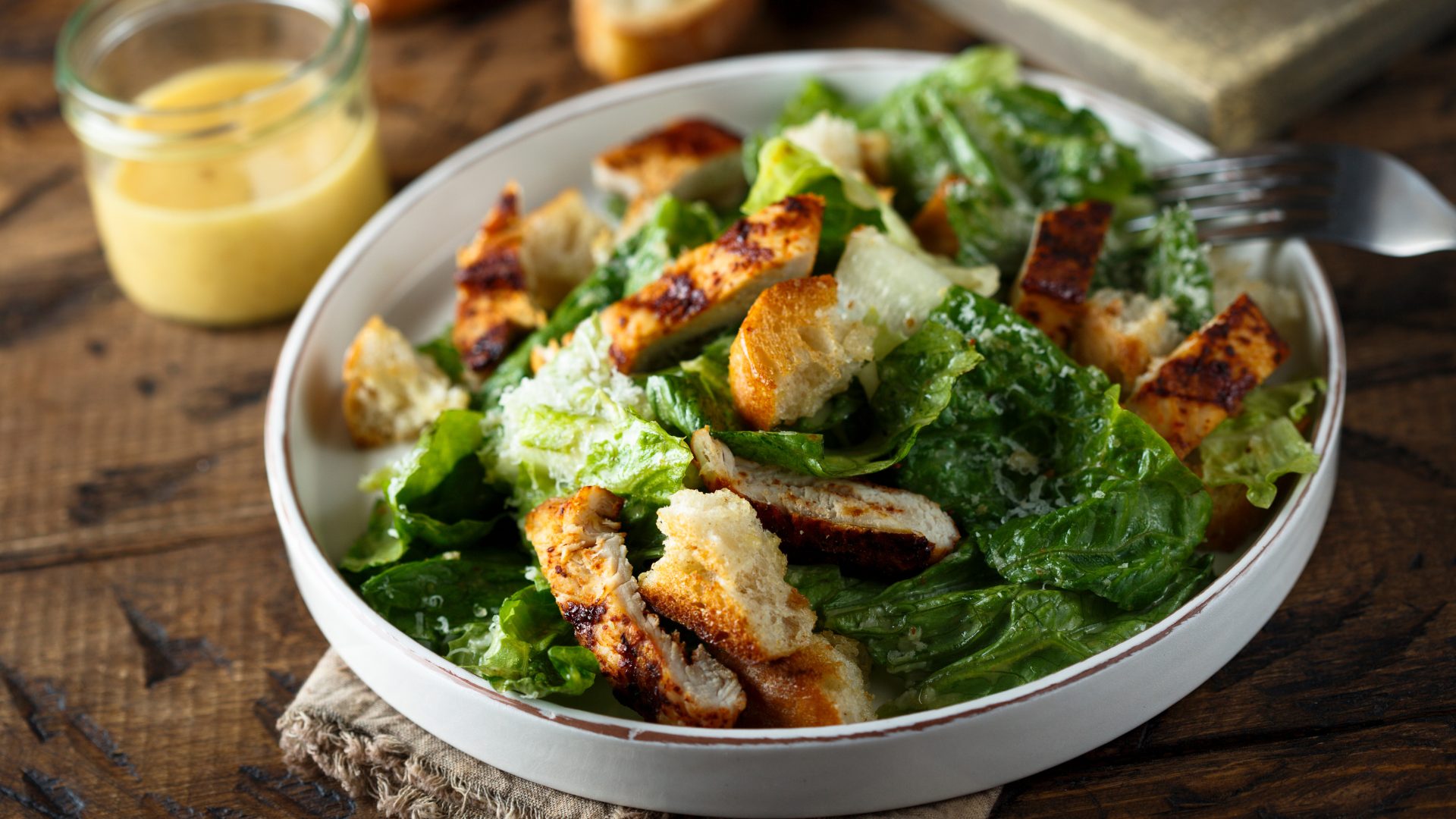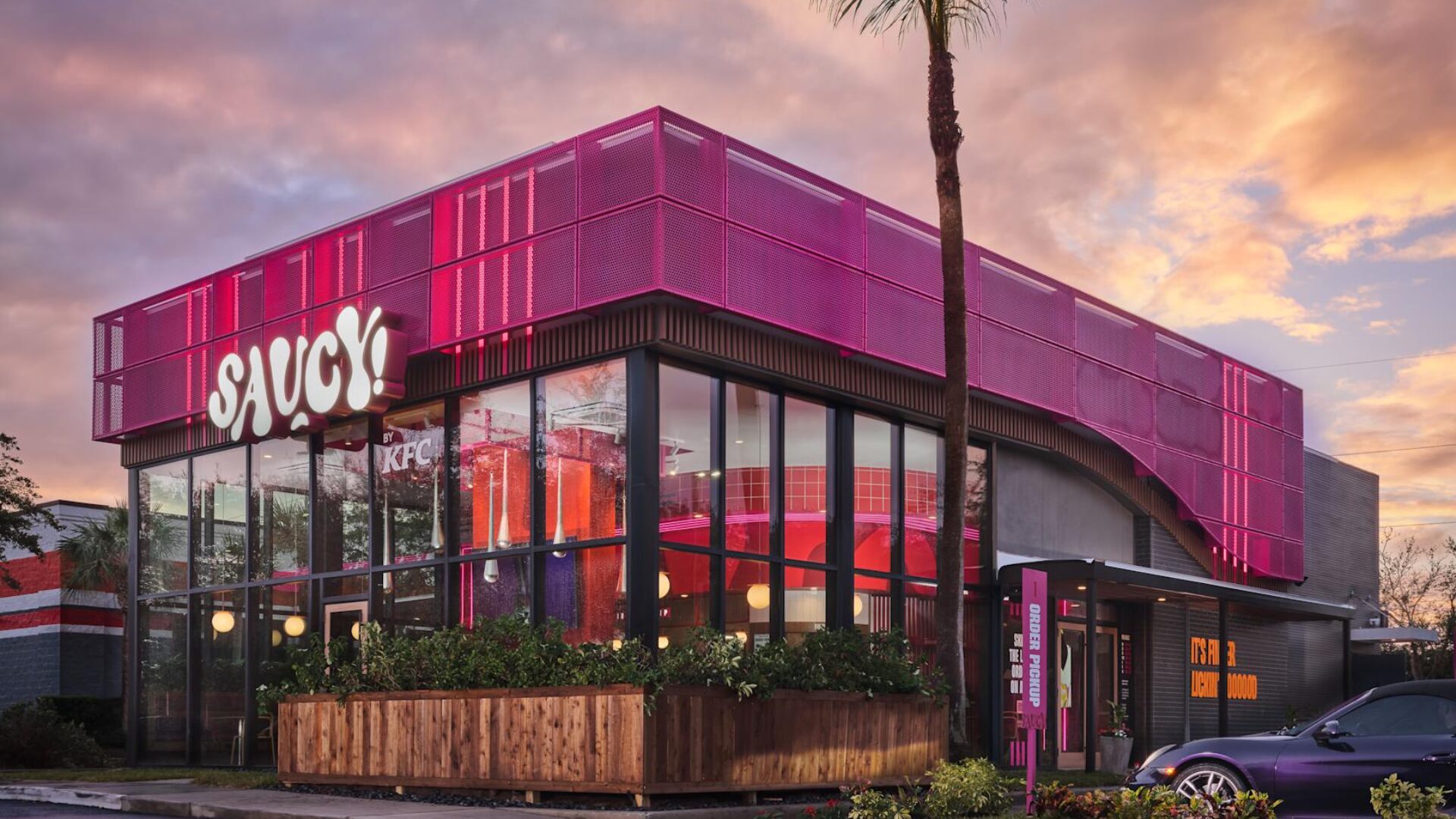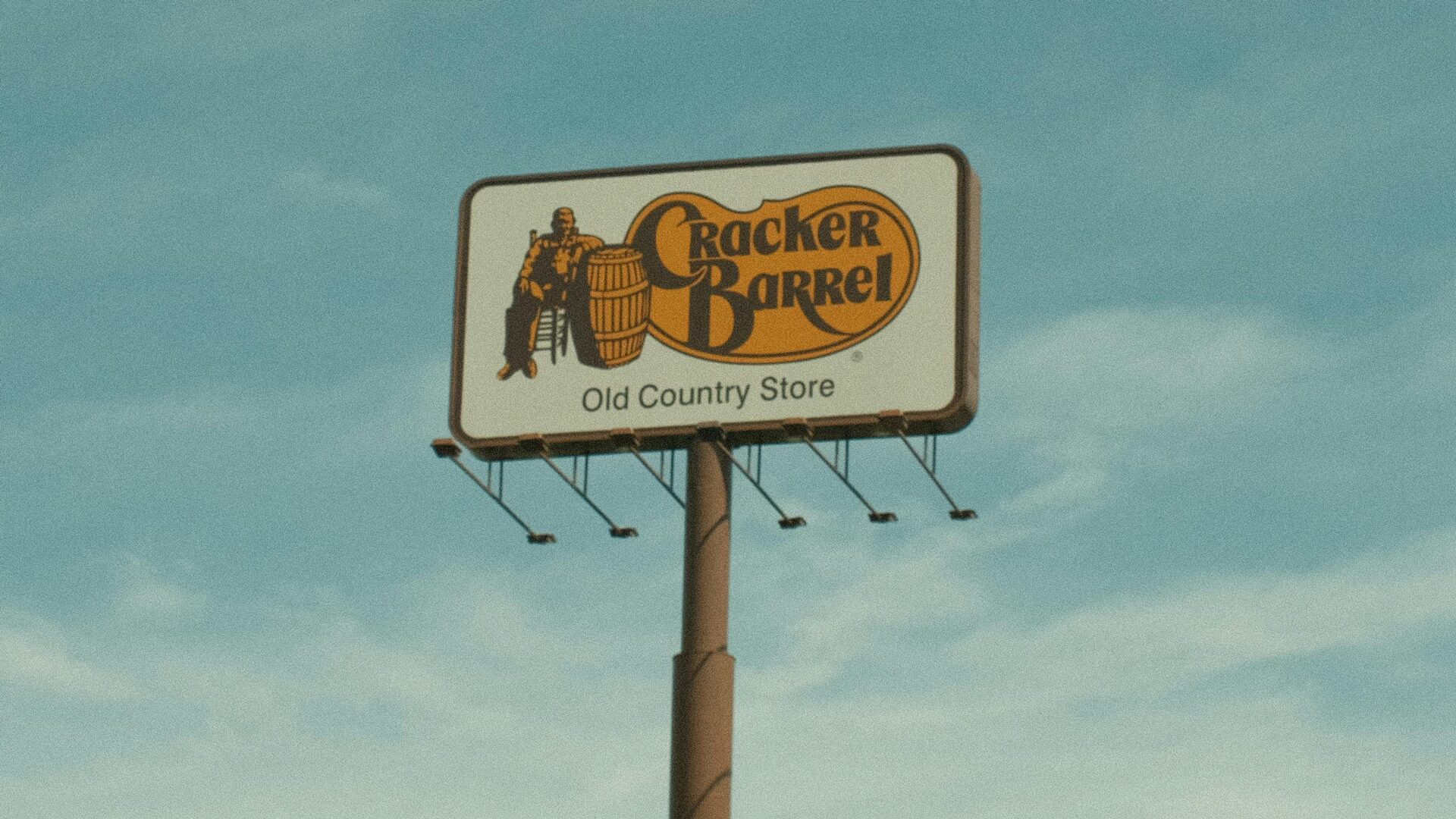For much of the 1980s and ‘90s, American malls were where seminal moments occurred in the lives of adolescents. They bought puppies at the basement pet store. They rented tuxedos for proms. And they socialized in mall food courts while dining on personal pan pizzas, egg rolls, or frozen yogurt.
Then, changing consumer habits began pushing malls to the wayside. A 2020 report by Coresight Research estimated that 25% of America’s roughly 1,000 malls would close by 2025.
Today, however, American malls may be mounting a comeback, with restaurants playing a critical part in the resurgence.
“Big-city malls are seeing exponential traffic growth,” Cedric Teboul, a South Florida-based strategic real estate advisor, told The Food Institute.
“We expect to see continued investments by brands and owners to upgrade existing restaurants” in and around malls, said Jaime Bettencourt, an executive at marketing company Mood Media, “just as property owners of malls are investing in their own refresh. [And], restaurant brands and owners who have seen growth – in some instances record growth – will certainly continue with new brick and mortar in and around populated shopping areas.”
HOLDING (FOOD) COURT
An August 2020 CNBC report noted that, prior to the pandemic, mall developers had been courting establishments like Dave & Buster’s, and Cheesecake factory, to lessen their dependence on shrinking retailers (though these businesses eventually struggled, too, during the era of social distancing.)
This year, though, ghost kitchen company Kitchen United is coming to more malls after securing a deal with the Simon Property Group. Kitchen United will appear at food courts at two additional malls this year, in Los Angeles and Long Island, and the move could help reinvent the American mall, making the retail centers food delivery hubs, of sorts, as reported by Restaurant Business (Feb. 3).
Meanwhile, Focus Brands plans to add more concepts to its restaurant portfolio following a record-breaking year for shopping mall heavyweights like Auntie Anne’s and Cinnabon. Company CEO Jim Holthouser recently told Forbes that, in 2021, it wasn’t uncommon for Focus’ mall-based brands to see 30% daily comps growth year-over-year.
COMMERCIAL BUILDING BOOM?
A recent report suggested America’s red-hot housing market is about to kick start the great commercial building boom, as more structures like shopping centers are built.
Business Insider reported that structures investment relative to GDP has rarely been lower over the past three decades and, as a result, eventually this pent-up need for more commercial buildings is going to reach a tipping point, leading to a boom in construction.
ENVISIONING MALLS OF THE FUTURE
“Shopping malls drive and reinforce an innate characteristic of human beings – a desire to be around other people,” Bettencourt said. “As a result, the malls of the future will continue to incorporate a shop, eat, play, and entertainment experience.”
Proven, brand restaurants that can provide entertainment and experiential dining could thrive in and around malls moving forward, Teboul said.
“Unfortunately, there will be no room for individual, or small, mom-and-pop stores,” the real estate advisor said. “Malls are becoming more difficult to work with, as they require a lot more documentation, funds, and proof of income before even opening a store. There’s no room for mistakes, and malls like to work with big operations that have proven to be successful.”











